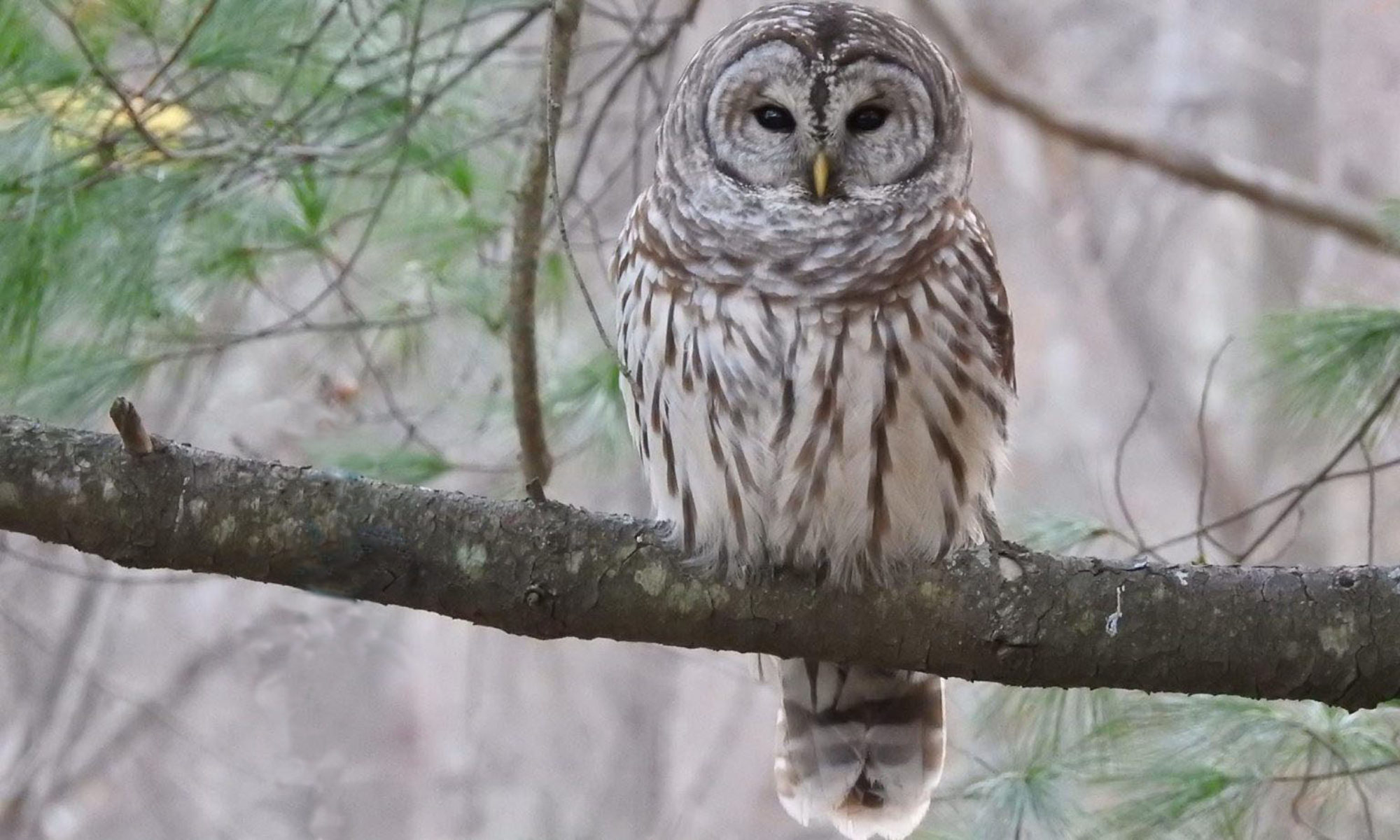“He who made you bitter made you wise.“

Spring arrives in the northeast, as it presumably has for centuries, on the impatient, wagging tails of the Palm Warbler and the Eastern Phoebe. Their arrival couldn’t be more welcome this year, after thirteen months of isolation and quarantine, and they bring the hint of the possibility that this sequestration might even come to an end before it’s time for them to turn around and head south again. After a solid year when so many activities for so many people were paused, postponed, and canceled, I am feeling that itch to get in the field again. Call it “COVID Zugunruhe.”
As I continue to adjust my mix of braindrugs (for now, pramipexole + sinemet), I wonder how birding will be different this year. It seems that in addition to a perennially and progressively unruly left hand, my right hand is a little shaky now, too, so better binocular stabilization is the first concern. The monopod is still very helpful in this regard, but looking up into treetops to see migrating birds is sure to be a challenge. I’m already dreading how “warbler neck” is going to interact with PD’s manifestations of stiffness and inflexibility. It’s a good thing the scope has an angled eyepiece!
Given these viewing challenges, one might think it’s time to double-down on “birding by ear,” and indeed keen and practiced listening is extremely helpful. Here again my body rebels, but I can’t blame the PD—this is on me, thanks to those cochlear-assaulting rock concerts of my teens. While I admit they were earsplitting, I didn’t expect them to be literally so, and it doesn’t seem fair to have such a note called due 40 years later.
Finally, while my strides have shortened a little bit, and my gait is not great, all-in-all I feel fairly well balanced and mobile, which I attribute in large part to a program of Rock-steady Boxing twice a week. So, physically, I can safely get out there, although what I actually can see and hear when I do is uneven and a little problematic.
In light of all this, it is clear that the PD clock is relentlessly ticking. And so, shockingly for the first time ever, I have asked myself three questions:
- Which birds do I most want to see?
- What subset of the above can I reasonably try to see?, and
- How might I manage to get to where I need to go while I still can appreciate them?
Somewhere in between bouts of wallowing in self-pity in general and these questions in particular (which by the way I have not yet answered) I have come to consciously recognize just how important the sense of fulfillment that comes with sharing birding with others, especially with my loved ones. Duh! It seems so evident now but I never thought about it too deeply before. It’s not about a validation of my own interests, or building a coalition to justify field time, or generic “bonding activities,” it is more than that.
A particular joy is kindled when you help someone see the natural world. A door is opened they didn’t even know existed. Their nature-blindness cured, they gain the opportunity to appreciate what they could not see before, even though it was right in front of them. It’s as though you have shared a magical secret.
You didn’t expect anything, but they thank you in many ways. Sometimes they pay you back in the field, picking out birds with their keener eyesight and sharper hearing. Sometimes they share the thrill of their lifers with you. On a walk this morning my youngest son correctly contradicted one of my identifications, and my eldest son, grown up and living 1500 miles away, messaged with an update on the arrival of his own latest spring migrant: a Great Crested Flycatcher. I couldn’t be prouder.
